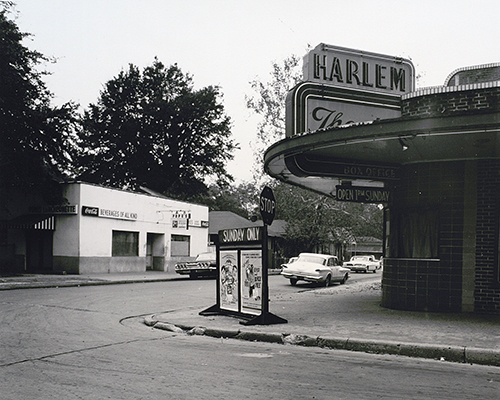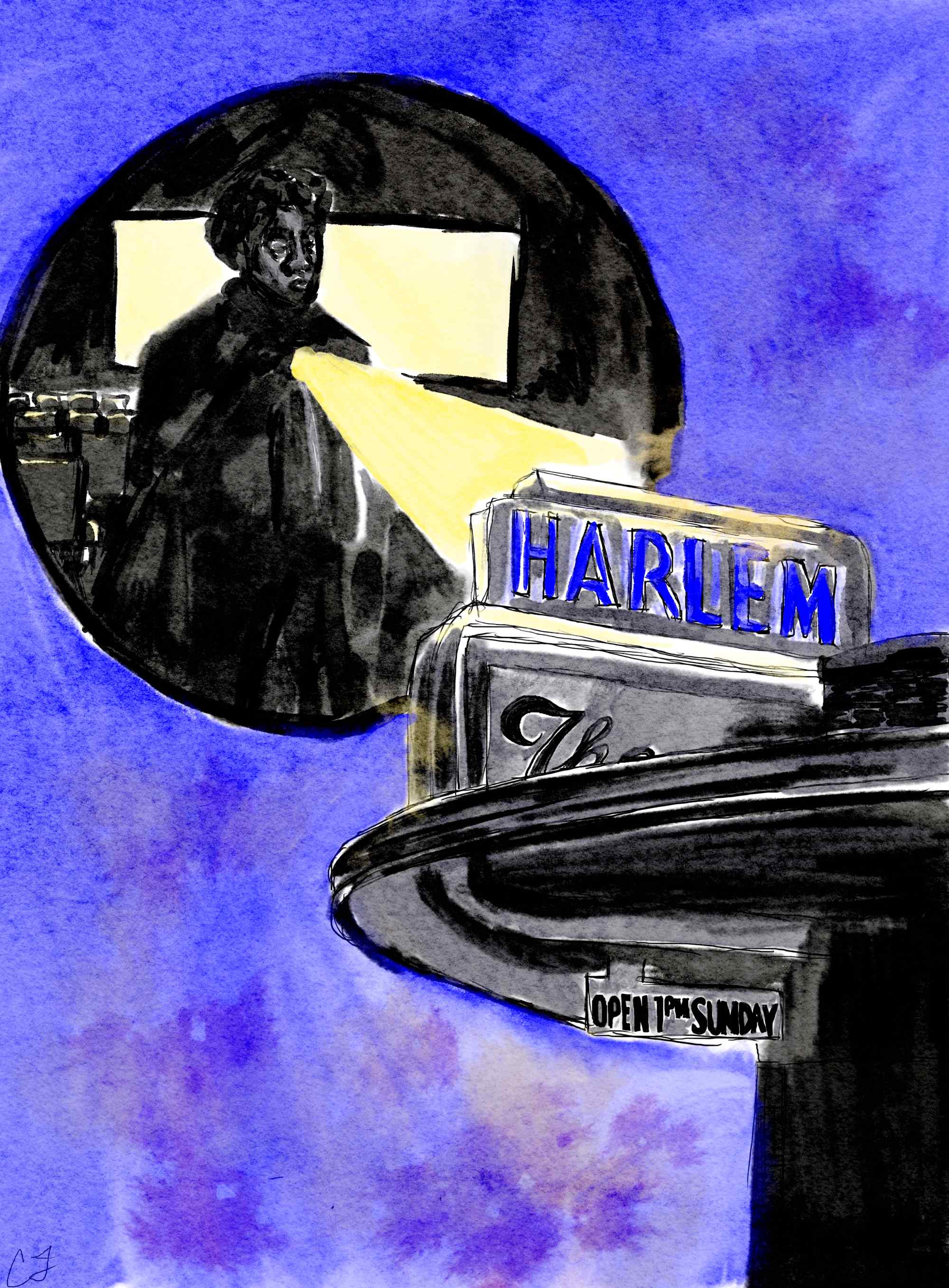A "How?" to Follow the "Why?"
Posted on February 19, 2024 by Candice Fairchild
In the time I have spent engaging with and studying oral histories, I have been struck by how alive and life-giving this form of documentation is. Dr. Ryan Morini offers that oral history is more than written transcripts, reminding us that,
"Oral history is also the cadence and rhythm of each person's way of expressing themselves in their own unique voice. Oral history is also remembered moments of joy and tranquility--whether the memory of it, or the joy of the telling, or both. Oral history is also personal anecdotes, minute details of personal significance; things that traditional historians would often brush away without even noticing as if they were dust or pencil shavings, but which have their own indelible place in the history of the narrator--and more than likely, of their family, or their peers, or their whole community. Oral history is also all kinds of things in that way."
There is magic in spoken histories because oral histories capture emotion in a way that is entirely unique. They defy sanitization and promote creative methods of revitalizing our view of the living, breathing, and continuing past. There is an eloquence captured in laughs shared over jokes that conjure generations, and a beauty preserved in audible nostalgia. Oral history functions as a method of documentation and preservation that requires us to listen and remember.
A few summers ago, I was working with a group of transcribers on the Down the Bay Oral History Project. Many of those working with me were also enrolled in a class with Dr. Kern Jackson. For this class, Dr. Jackson assigned the students a visual journal. He got this idea from Dr. Morini who had first learned about the assignment during his time spent at the University of Florida. Essentially, the assignment required that the students reflect on interviews they had been transcribing all summer by drawing images inspired by the interviews, pulling out themes they noticed in conversations. I was lucky enough to be there for their presentation of their journals. I was inspired!
 The Harlem Theater and Pope’s Luncheonette. Courtesy of Mobile Housing Board Collection,
The Doy Leale McCall Rare Book and Manuscript Library, University of South Alabama.
The Harlem Theater and Pope’s Luncheonette. Courtesy of Mobile Housing Board Collection,
The Doy Leale McCall Rare Book and Manuscript Library, University of South Alabama.
I myself am an illustrator, and the thought of oral histories giving life to new art was (and still is) an exciting prospect. In the spirit of Dr. Jackson’s assignment, I recently drew a piece inspired by the oral histories surrounding the Harlem Theater in Down the Bay (shown above). As I drew this piece, I felt less reflective, and instead quite present. Illustrating an image inspired by the Harlem Theater felt like a very intimate engagement with the history of the place, and it further demonstrated to me the fluidity of history and the power of interpretation and artistic expression. For me, these are the colors and the images conjured when I listen to interviewees speak about the Harlem Theater.

Memories of the Harlem Theater illustrated by Candice Fairchild.
Dr. Morini, offered this when I asked him about the benefits of engaging oral history across a variety of mediums:
"[W]riting and textual representation are only one way to engage with the substance of oral history--a potentially powerful way, but nonetheless only one. In my experience, anyone who spends time listening to and working with interviews quickly comes to understand this. Art--be it visual, or rooted in audio or sound, or performance, or whatever else--offers new ways for people to listen to these narratives, to sit with and to experience these histories and stories and reflections. And in that respect, it honors the vitality of the narrative itself. What is an alternate archive without alternate forms of engagement, after all?"
What Dr. Morini gives us here is an important truth. Oral history helps us reimagine what an archive can be, challenging the strictures placed on recollection and preservation. When I think of my first blog post about oral history, I remember not only why it’s important, but how we can interact with it. I’d like to think that this post is a follow up answer to that original question. Perhaps a “How?” in concert with that initial “Why?”
Candice Fairchild is a second-year Ph.D. student in English at the University of Alabama. Candice has worked as a transcriber for the Down the Bay Oral History Project and finds inspiration for her blog posts from her experience listening to and transcribing those interviews.
Check out her series, Mapping Memory, which shares place-based memories from the Down the Bay Oral History Project:
Mapping Memory: Harlem Theater
Feeding the Community: Narrative Sustenance and Down the Bay


